A Grimoire in Nine Images
Lisa Weston
Description
Later Medieval/Early Modern Ars Notoria offered figures — geometric diagrams, images, sigils — designed to act as foci for contemplation and consequent attainment of certain skills. These skills could include disciplines both academic (an understanding of grammar, for example) and more esoteric (an ability to converse with angels, say). This exhibit offers an Ars Notoria of sorts, assembling a grimoire from among the random images offered in the original Middle Shore collection. Why a grimoire, a book of magic? Because both magic — or magick — and scholarship are about seeing (not just looking) closely and actively, about seeing in order to effect change.
I. On Magick and Scholarship
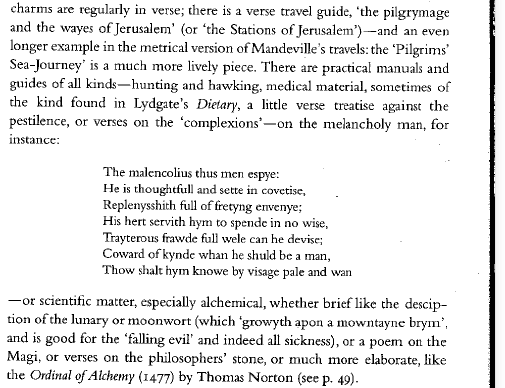
This is how we (21st-century academics) usually first encounter medieval magic-scientific traditions.
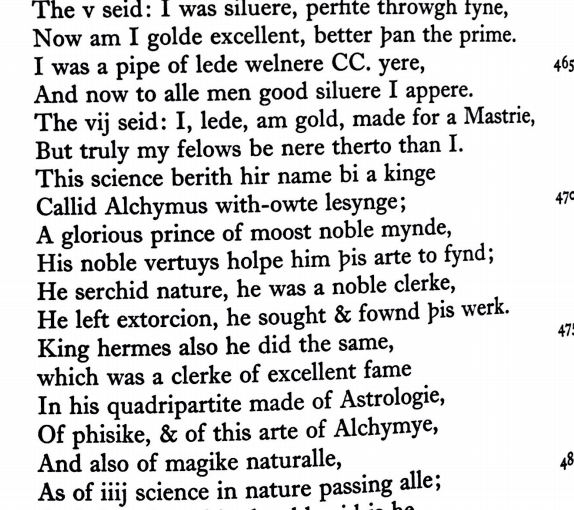
Sometimes, of course, we then look at (edited) texts that describe medieval encounters.
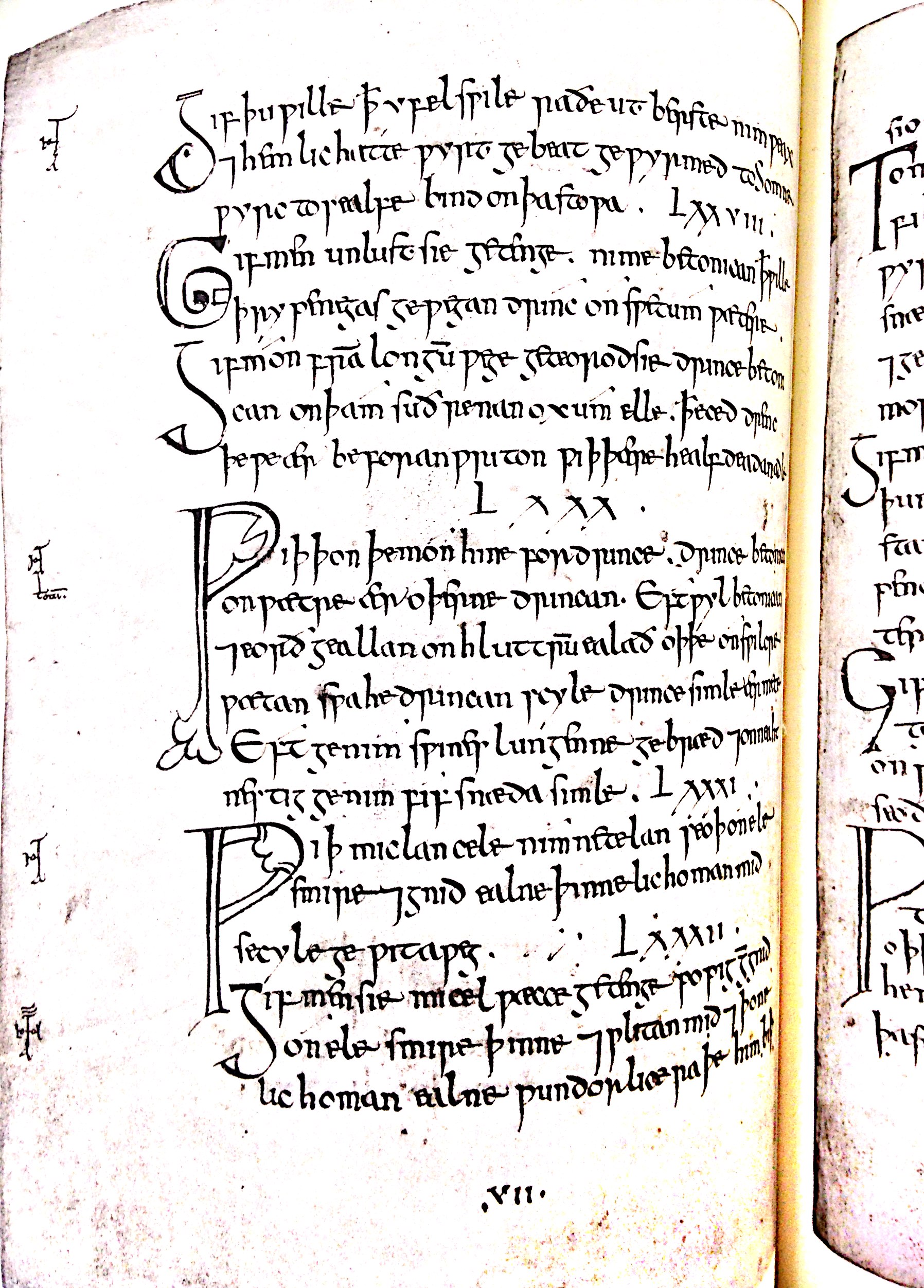
Sometimes we may even consult the manuscripts behind the editions. But do we really see them?
II. A Ritual

We start with a Figure: the encircling sea, a boundary, the space of magic invoked.

Through the figure we invoke the encounter: the encircling ring, a moment of contact, the threshold crossed.

In the encounter we find an instrument: the encircled eyes, a means of seeing Otherwise, the talisman manifested.
III. An Experiment
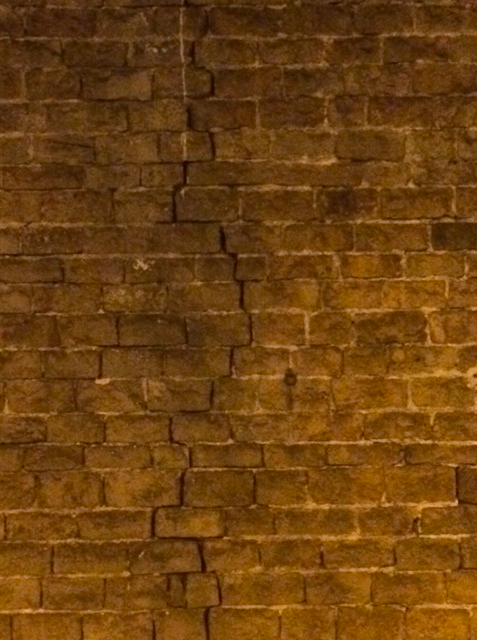
Stare at the wall. Stare until the crack widens, until it allows you to pass through. Who or What is on the other side?
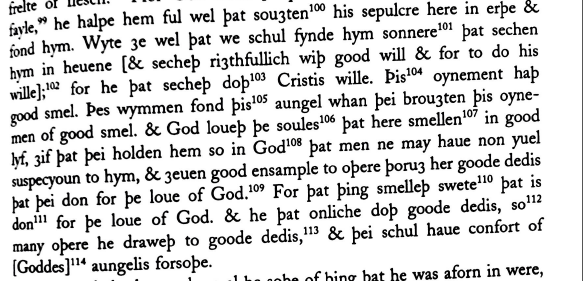
Perhaps they are angels. Let us call them that, at least. Seek them, and what might you find? What might find you?
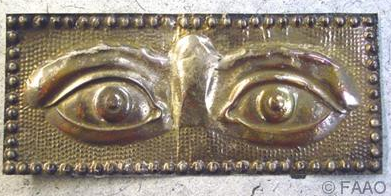
And as you shall know so also shall you be known.